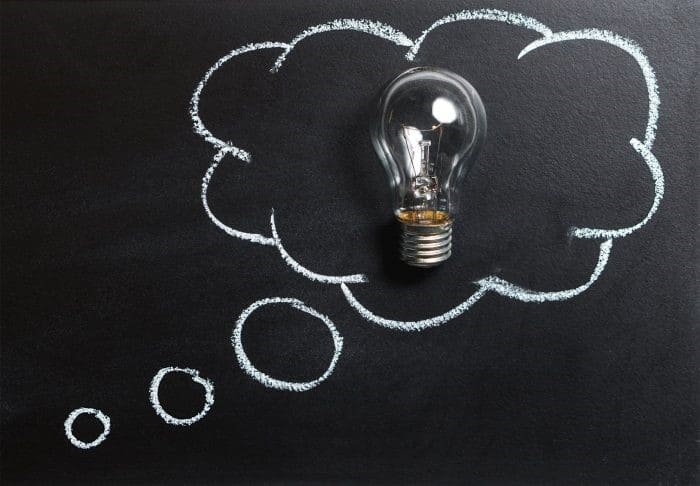An Expert Guide to Using Digital Platforms

What is a Digital Platform?
A Digital Platform is a low-cost method of leveraging your existing IT systems into a unified platform. Using IT system integration, a Digital Platform allows your business to be more competitive in the modern marketplace. There are many elements and types of Digital Platforms, which is why the use of them requires planning and patience. Overall, the correct Digital Platform strategy could transform a business. Although embracing modernisation in this way may feel overwhelming for some at the start, following our expert advice in this guide to ensure the process is completed properly, will pay off in the future.
The Problem
Managing digital transformation in the 21st century isn’t easy, with organisations over the years building up tens or hundreds of legacy IT systems (either off the shelf or bespoke), that implement strategic and tactical business processes. Typically, these systems are stand-alone or have limited ability to integrate with a wider enterprise. Some organisations have chosen to meet the challenge of modernising their systems by spending tens of millions of pounds on expensive ERP systems, or other systems integrations platforms. These projects often go off the rails in terms of cost, time and achieving objectives.
The Solution
A Digital Platform is a cloud-based approach to IT system integration, allowing these disparate legacy systems to evolve into a modern-looking, more flexible IT systems. The approach here is to create and use cloud-based systems that allow the legacy systems to exchange information with each other and, crucially, with a modern API that external systems can use.
Digital Platforms (by definition) usually consist of these components:
- A modern identity platform for login
- A modern, friendly API
- A Data Broker
- An Enterprise Service Bus to allow communication between components
- A variety of Digital Adapters

Digital Platform Example
For the last 20 years, Acme Energy Company (AEC) has sold its services to corporate customers as a complete managed service. This has been very profitable. AEC has built up an array of billing, operations, metering, invoicing and other systems, all of which were best of breed when bought. These systems do not play well together and data is often (inaccurately) rekeyed between systems.
In recent years, the energy market has moved away from single managed services into a market for an individual “pick n’ mix” approach where customers buy different services from different providers. AEC’s systems do not support this model and so AEC would like to replace all of its systems. The current estimate is around eight years to complete this work, by which time AEC will have become uncompetitive.
Instead, AEC has chosen to implement a Microsoft Azure based Digital Platform. Each existing system will have a Digital Adapter that will allow the Digital Platform to read data from it and write data top it. The platform will be fronted by a modern REST API that will allow customers and App developers to harness individual services provided by AEC rather than AEC providing a complete, managed service.
Scope and Versioning
As time goes on, behind the scenes, AEC can replace the ageing legacy systems with modern systems. Each modern system will have a Digital Adapter which allows the legacy system to be seamlessly replaced with a modern system without API users noticing the change.
This means that one would expect the Digital Platform to change over time. Given the pace of change in modern businesses, this change may occur rapidly! As such, the Digital Platform should be developed iteratively, with each new iteration built to production standard and delivering valuable end-user functionality. The scope of each iteration should be understood in terms of the business objectives that it services.
Click below to view the next chapter on how to architect cloud based platforms for digital systems integration.
